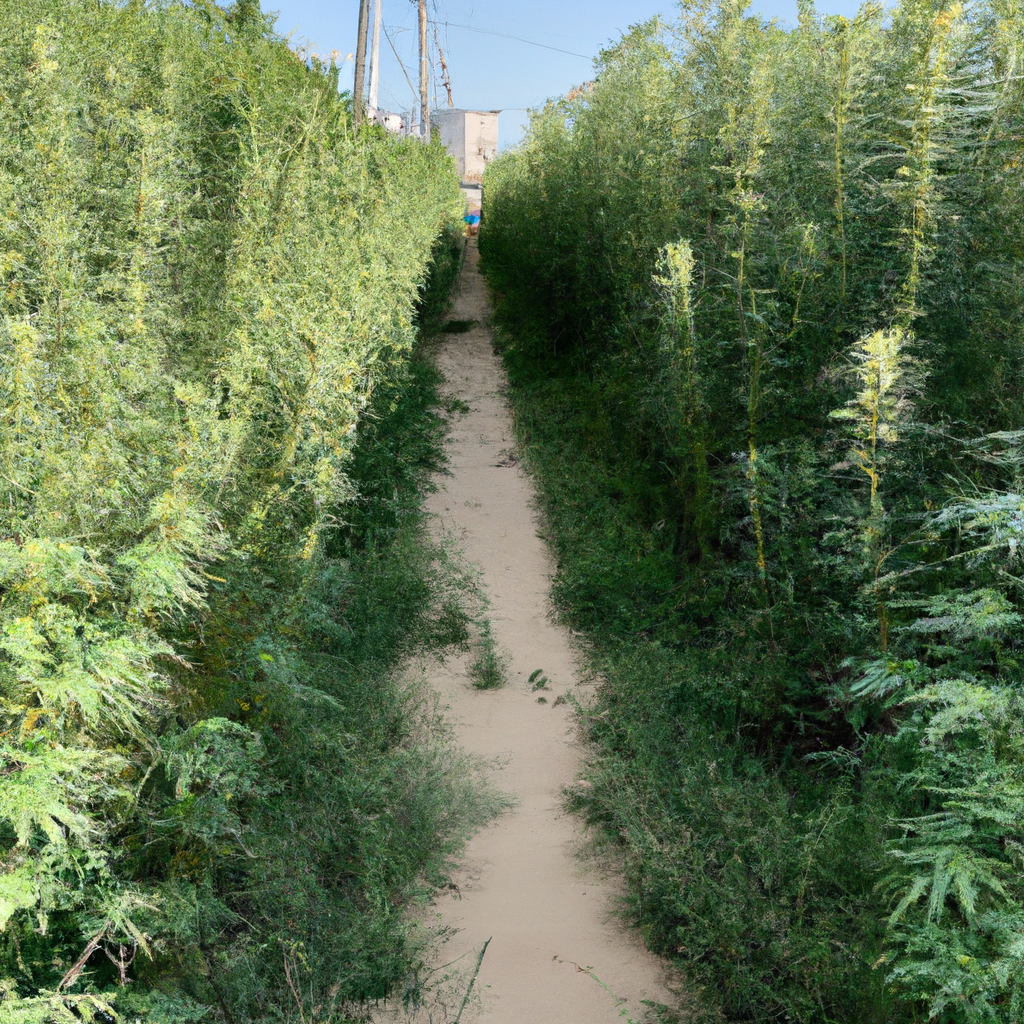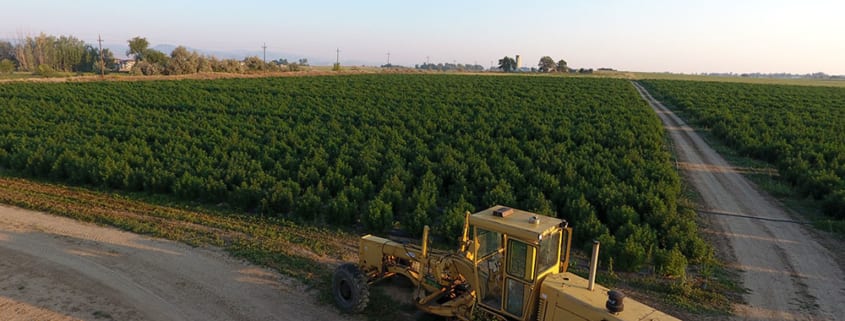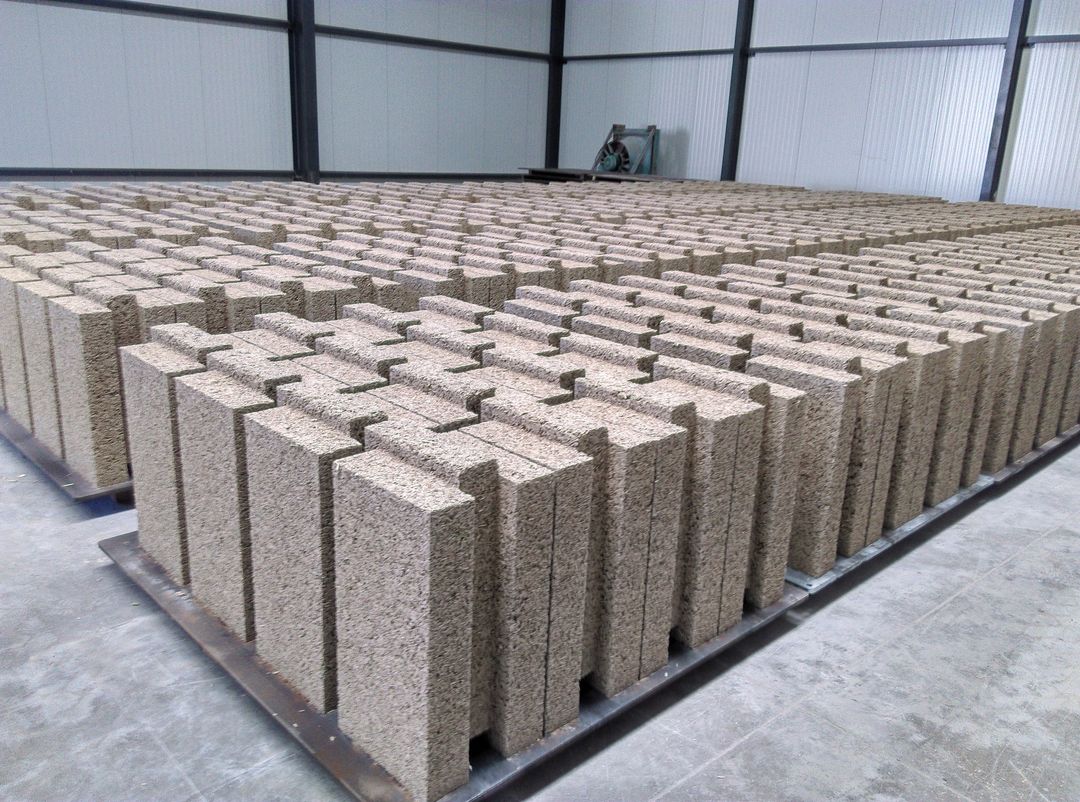
The Earth, our fragile oasis in the vast expanse of space, faces unprecedented challenges. Climate change, biodiversity loss, and pollution threaten the delicate balance that sustains life. Addressing these issues requires a fundamental shift in our relationship with the environment, moving from exploitation to a shared stewardship.
The Interconnected Web of Life:
Our planet is not a collection of isolated ecosystems; it is a complex web of interconnected life forms and processes. Human activities in one region can have cascading impacts on seemingly distant areas. Deforestation in the Amazon rainforest, for example, disrupts global weather patterns and contributes to climate change worldwide.
This interconnectedness necessitates a global approach to environmental stewardship. National borders become irrelevant in the face of issues like climate change or ocean acidification. Just as a single country cannot control the flow of a river that traverses multiple borders, individual nations cannot solve environmental problems in isolation.
Beyond Borders: A Call for Collective Action:
The need for a common environmental stewardship extends beyond simply acknowledging the interconnectedness of our planet. It demands a concerted effort by all nations to work together towards shared goals.
International agreements and treaties, such as the Paris Agreement on climate change, are crucial steps in establishing a framework for collective action. These agreements outline common goals and provide a platform for collaboration and knowledge sharing. However, their success hinges on active participation and implementation by all nations involved.
Shared Responsibility, Shared Benefits:
Effective environmental stewardship is a shared responsibility. Developed nations, with their historical contribution to environmental degradation, bear a larger burden. This includes providing financial and technological assistance to developing countries to implement sustainable practices and mitigate the effects of climate change.
However, environmental stewardship is not a zero-sum game. A healthy planet benefits all nations. Sustainable practices can lead to economic growth through the creation of new green technologies and industries. Investing in renewable energy, for example, not only reduces greenhouse gas emissions but also promotes energy independence and creates jobs.
Empowering Individuals, Building a Movement:
Global environmental stewardship requires not only government action but also the active participation of individuals and civil society. Raising public awareness about environmental issues and empowering citizens to make sustainable choices is crucial.
This can be achieved through educational initiatives, promoting eco-friendly lifestyles, and fostering a sense of collective responsibility. Supporting businesses committed to sustainable practices and holding those responsible for environmental damage accountable are vital aspects of a successful global movement.
Toward a Sustainable Future:
The challenges we face are daunting, but the alternative – a future marred by environmental degradation – is simply not an option. Embracing a shared stewardship of our environment is not just a necessity; it is a moral imperative. By working together, nations, individuals, and civil society can build a sustainable future for generations to come. This requires a global commitment to collaboration, innovation, and a fundamental shift in our relationship with the planet we call home.

 | portal.hempnation.one
| portal.hempnation.one![]() Contribute to cleaner air and water quality through carbon sequestration and filtration.
Contribute to cleaner air and water quality through carbon sequestration and filtration.![]() Generate income from hemp production for various purposes such as textiles, construction materials, and biofuels.
Generate income from hemp production for various purposes such as textiles, construction materials, and biofuels.![]() Rejuvenate rural communities by offering sustainable and profitable agricultural options.
Rejuvenate rural communities by offering sustainable and profitable agricultural options.





